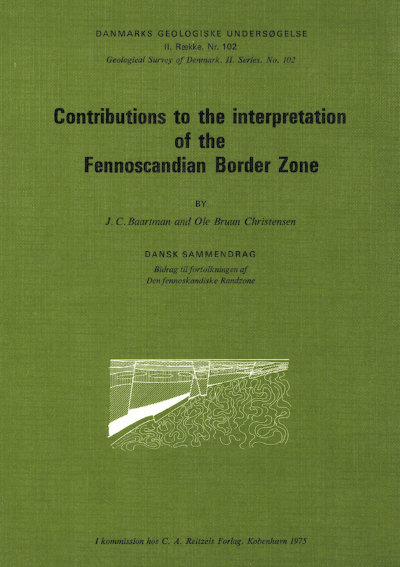Contributions to the interpretation of the Fennoscandian Border Zone
DOI:
https://doi.org/10.34194/raekke2.v102.6893Abstract
The interpretation of reflection seismic data in the Kattegat has revealed the combined effect of tectonic movements which took place from Pre-Jurassic through recent times.
A continuation of the Fennoscandian Border Zone in Scania occupies a broader belt of more deep-seated basement-related fault blocks in the Kattegat area, but fades away towards NW. A mainly Jurassic sill striking SSW from Anholt separates the Kattegat area in partially open basins of Cretaceous deposition. In the 0resund several large north-northwest striking basement-related faulted blocks appear to be associated with the tectonics of the Fennoscandian Border Zone.
The most prominent features relating to the structures and the geological history of the Fennoscandian Border Zone have been outlined.
Some details connected with the Pre-Quaternary outcropping for the area have been evaluated. Katholm-erratics containing "Cyrena" fossils from the Kattegat area are not of Lower Oligocene age, but from Upper Jurassic and are most probably originate from the Anholt area.
One of some structural models for northwestern Europe has been advanced for verification. Parts of the Fennoscandian Border Zone have perhaps been affected by large-scale dextral fractures.
Downloads
Published
Issue
Section
License
This article is distributed under a CC-BY 4.0 licence, permitting free redistribution and reproduction for any purpose, even commercial, provided proper citation of the original work. Author(s) retain copyright over the article contents.


